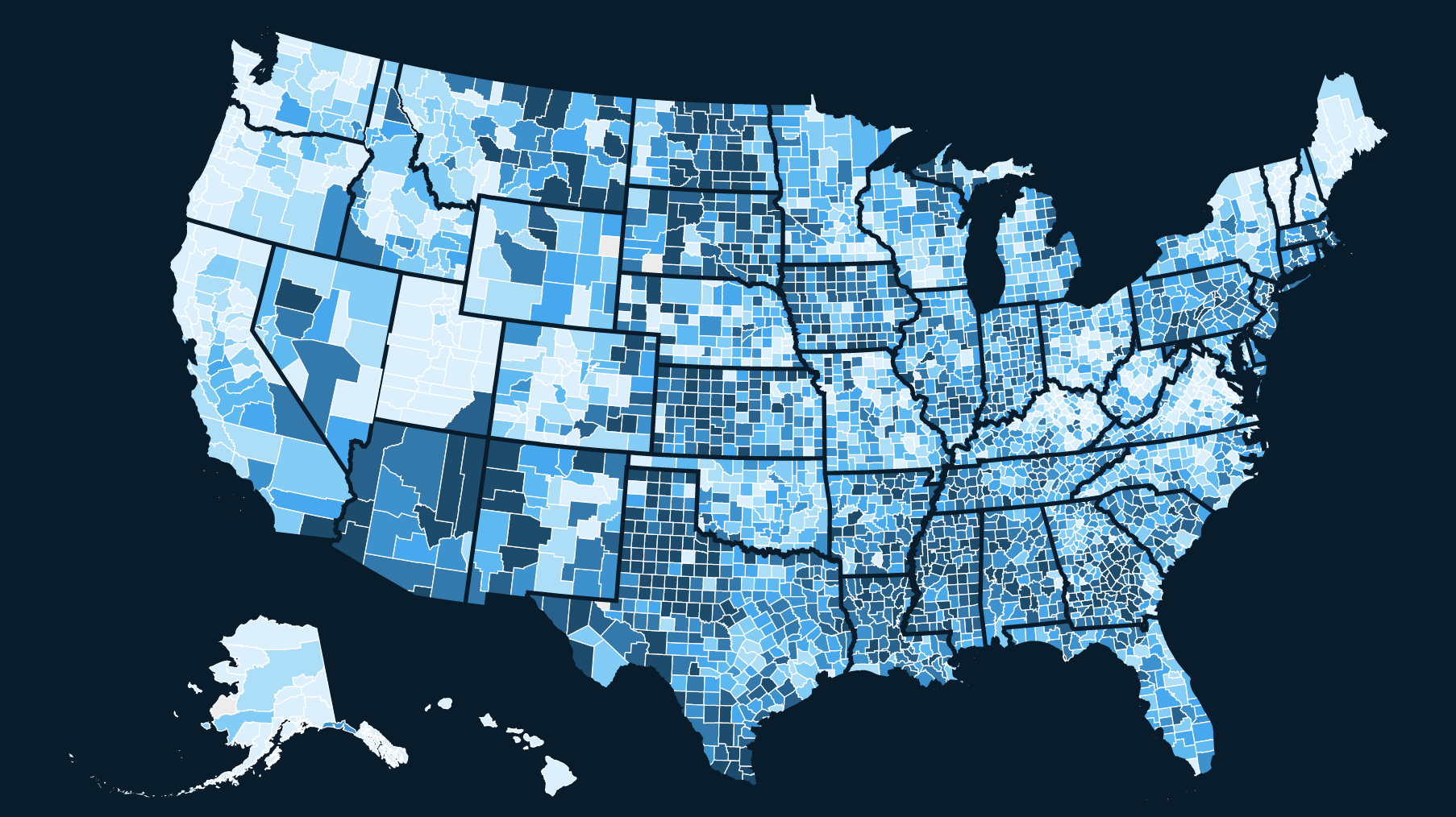

Featured Insights

COVID-19 and rural communities: protecting rural lives and health
McKinsey's Center for Societal Benefit through Healthcare investigates the impact of COVID-19 on rural communities, particularly people of color, examining four factors contributing to the challenge, and offers tactical actions to address these rural healthcare disparities.

Unlocking whole person care through behavioral health
The Center for Societal Benefit through Healthcare examines how actions to address behavioral health challenges could be coupled with efforts to expand equitable access and investment in Behavioral Health at parity with other health conditions.
EXPLORE DATA ON TOPICS SUCH AS

Mental Health
One in five adults experiences mental illness in the United States each year. Mental illness can negatively impact physical health and/or reduce an individual’s ability to live their daily life as they otherwise would.

Substance Use
Approximately 20 million adults in the United States have a substance use disorder. Substance use often co-occurs with mental illness – close to half of adults with a substance use disorder also experience a mental illness at the same time.

Social Determinants of Health (SDoH)
Approximately 40 percent of health status can be attributed to underlying factors such as income, employment, education, food, housing, transportation, social support, and safety. See how these factors vary across the United States.

Rural Health
One in six Americans live in a rural area. Rural Americans are more likely to have underlying health conditions and lower access to care than urban Americans. Explore health disparities in rural America.

Maternal Health
Over the past few years the number of births and general fertility rates have been steadily decreasing in the United States. Explore how birth rates currently vary across states in women aged 15 to 50 years old.
About
This tool was created by the McKinsey's Center for Societal Benefit through Healthcare in partnership with our Healthcare Innovation Domain and our Medicaid and State Health and Human Services Domain. Improving healthcare has long been a central part of the mission of McKinsey's Healthcare Systems & Services Practice. We have honored that mission by serving our clients effectively and investing in issues deeply relevant to society, such as social determinants of health, rural health, maternal health, and behavioral health - including mental health, substance use, and the opioid crisis.